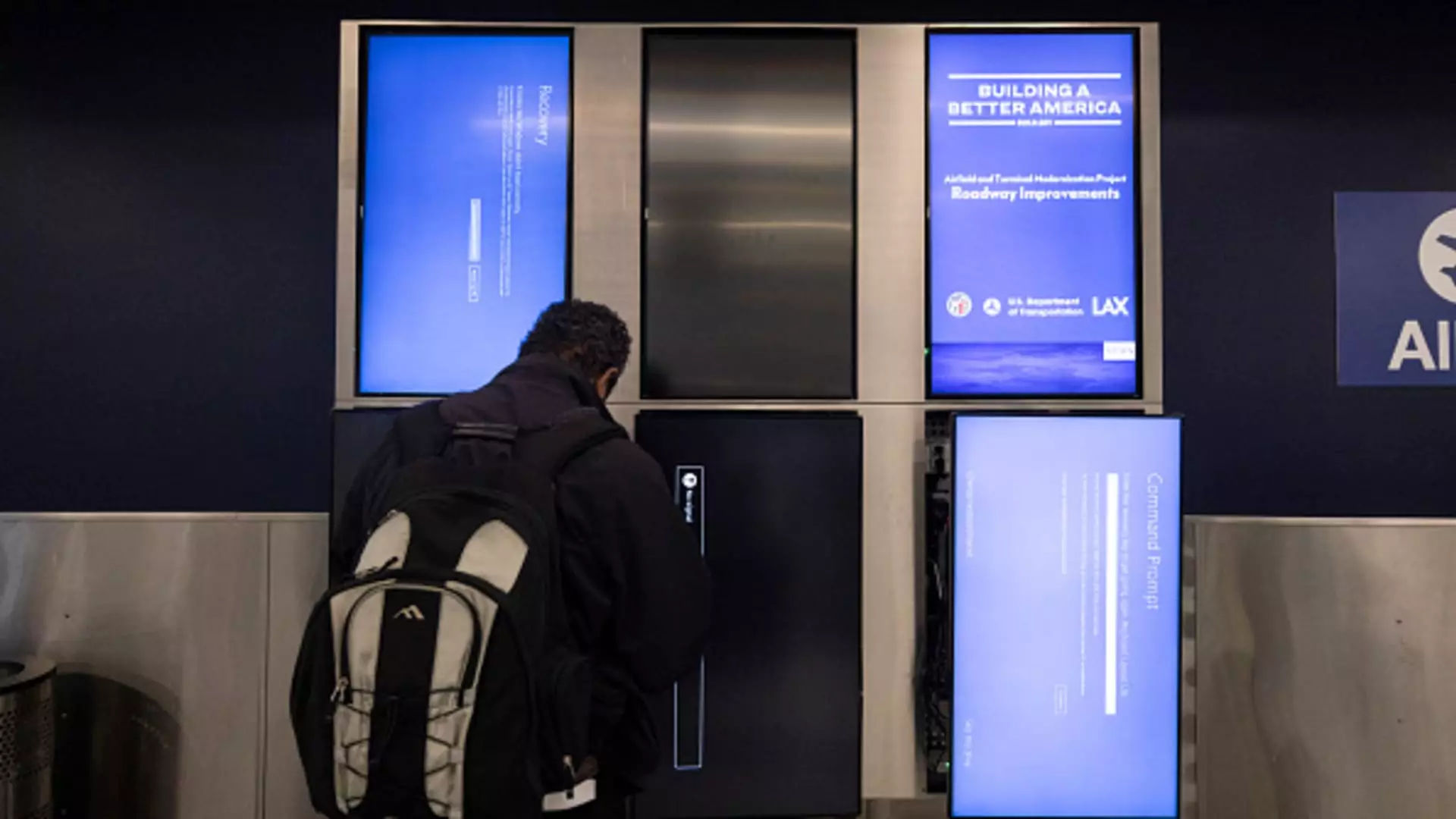Recently, Microsoft announced plans to host a conference in September aimed at addressing the aftermath of a faulty CrowdStrike software update that wreaked havoc on millions of Windows computers in July. The repercussions of this incident were significant, with internet-connected systems experiencing disruptions in various sectors such as airlines, logistics, and healthcare. Delta Air Lines, for instance, incurred a substantial cost of $550 million due to the aftermath of this outage and is now seeking damages from CrowdStrike and Microsoft. In response to this crisis, Microsoft is convening a gathering of cybersecurity firms at its headquarters in Redmond, Washington, on Sept. 10 to explore preventive measures.
The upcoming Windows Endpoint Security Ecosystem Summit will focus on reevaluating the current endpoint protection strategies employed by security companies like CrowdStrike, Check Point, and SentinelOne. These companies heavily rely on kernel mode access for their software, allowing them to monitor and prevent malicious activities effectively. However, the recent incident with CrowdStrike’s faulty update has shed light on the inherent risks associated with kernel mode access. Applications running in kernel mode have the potential to crash the entire operating system, leading to widespread disruptions. As a solution, Microsoft is contemplating pushing for a shift towards user mode applications, which offer better isolation and resilience against crashes.
Exploring New Technologies for Enhanced Security
One of the key topics to be discussed at the conference is the adoption of emerging technologies such as eBPF and memory-safe programming languages like Rust. These technologies hold the promise of enhancing system stability by identifying potential program errors that could trigger system crashes. By embracing eBPF technology and memory-safe programming languages, cybersecurity firms can bolster their defenses against unexpected software failures and cyber threats. Microsoft’s willingness to engage in these discussions signifies a proactive approach to improving cybersecurity practices across the industry.
Fostering Collaboration and Innovation
In addition to addressing technical aspects of cybersecurity, the conference aims to foster collaboration and innovation within the industry. Microsoft’s commitment to supporting initiatives like the Rust Foundation, which promotes the development of memory-safe programming languages, demonstrates a long-term investment in enhancing cybersecurity standards. By bringing together leading cybersecurity firms, Microsoft is creating a platform for knowledge sharing and best practices exchange. The event will provide an opportunity for participants to learn from past mistakes and collectively work towards building a more resilient and secure digital ecosystem.
As the cybersecurity landscape continues to evolve, it is crucial for industry stakeholders to reflect on past incidents and learn from them. Microsoft’s initiative to host a conference dedicated to addressing the aftermath of the CrowdStrike software update highlights the importance of proactive measures in enhancing cybersecurity resilience. By leveraging new technologies, rethinking endpoint security strategies, and fostering collaboration, the industry can adapt to the ever-changing threat landscape and ensure a safer digital environment for all users. The upcoming conference presents a unique opportunity for cybersecurity firms to come together, share insights, and pave the way for a more secure future.

